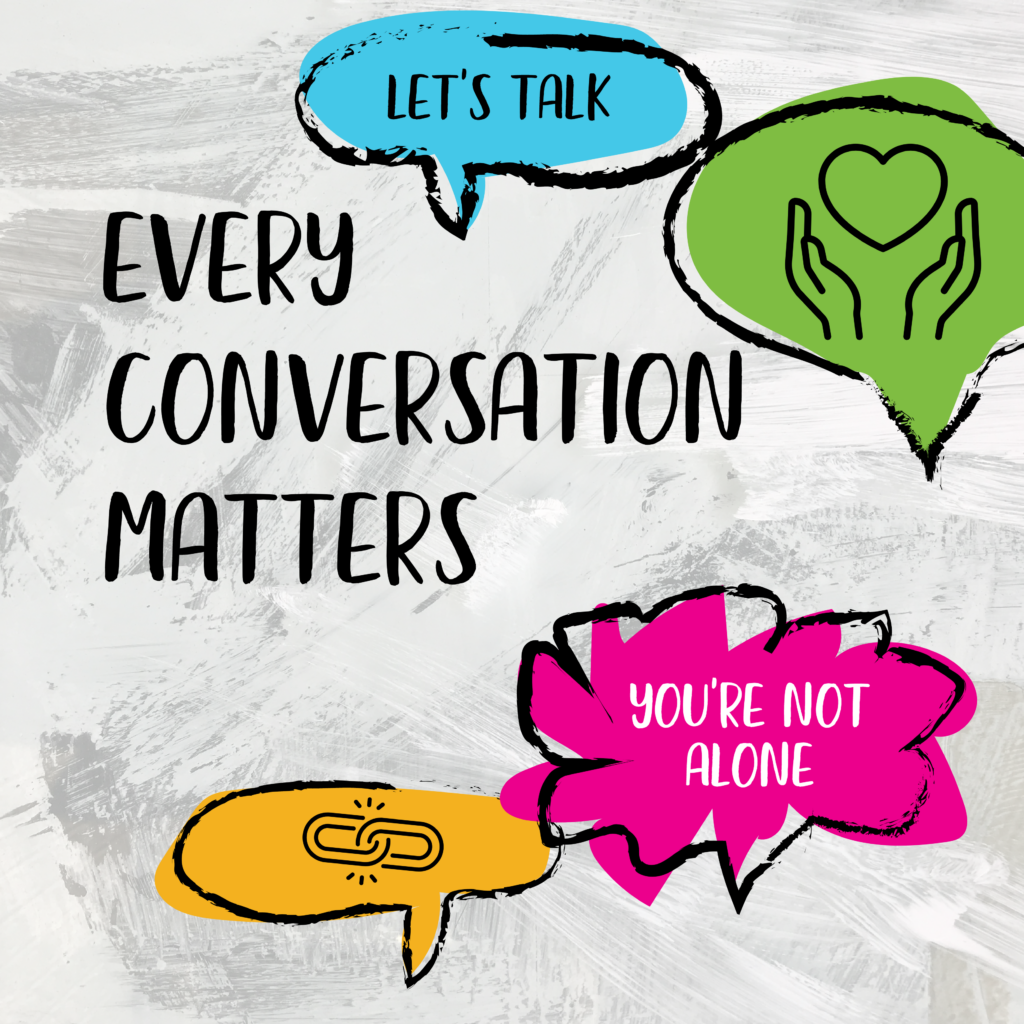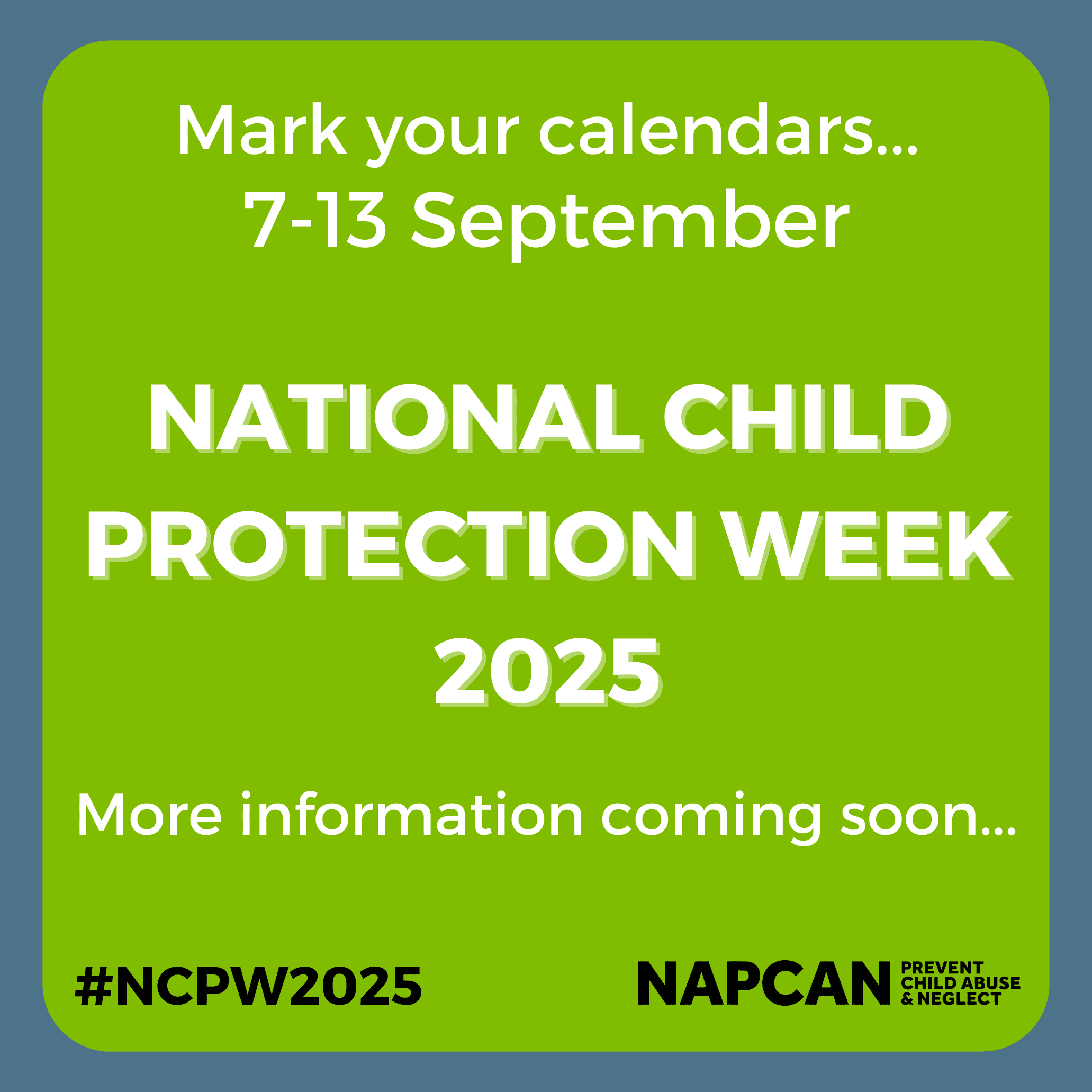
This year National Child Protection Week will continue to champion the overarching message ‘Every child in every community needs a fair go’. Last year we did so by putting conversations at the heart of the campaign. We encouraged communities and individuals across Australia to start a new conversation, one that forged a better future for young people everywhere
To build on last year’s focus, our theme for 2025 will be ‘Every conversation matters: Shifting Conversation to Action.’
This theme highlights that while open discussions are crucial, words alone are not enough: we must turn dialogue into meaningful action.
NAPCAN acknowledges that while conversations can raise awareness, challenge harmful norms, and spark new ideas, real change happens when we take steps to create safer environments for children that prevent them from harm.
This year, we are focusing on moving beyond conversations to concrete actions that prevent harm and instead, focussing on strengthening support systems, and empowering communities to actively protect children.
By shifting from conversation to action, we can ensure that every child not only feels heard but also experiences real safety, care, and protection.

“We know that conversations can play a part in ensuring adults take accountability in protecting children through growing awareness and challenging norms.
However, conversations alone are not enough; true accountability requires action, ensuring that every discussion translates into tangible steps to protect children” – Leesa Waters, NAPCAN CEO
“Every conversation matters: Shifting conversation to action’ gives everyone the chance to not only talk the talk, but to now go further and walk the walk. That’s how we’re pivoting this year. NAPCAN’s National Child Protection Week is not just calling on conversations, but this in 2025, and all the more so into the future, we’re nurturing action, and shifting conversations towards it.” – Ruben Sherrif, NYSO Member
